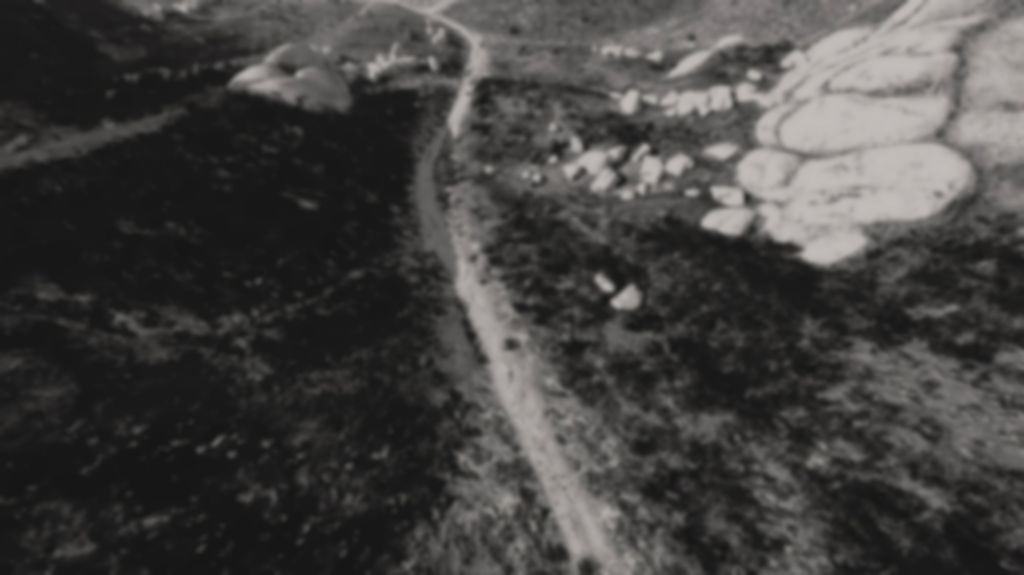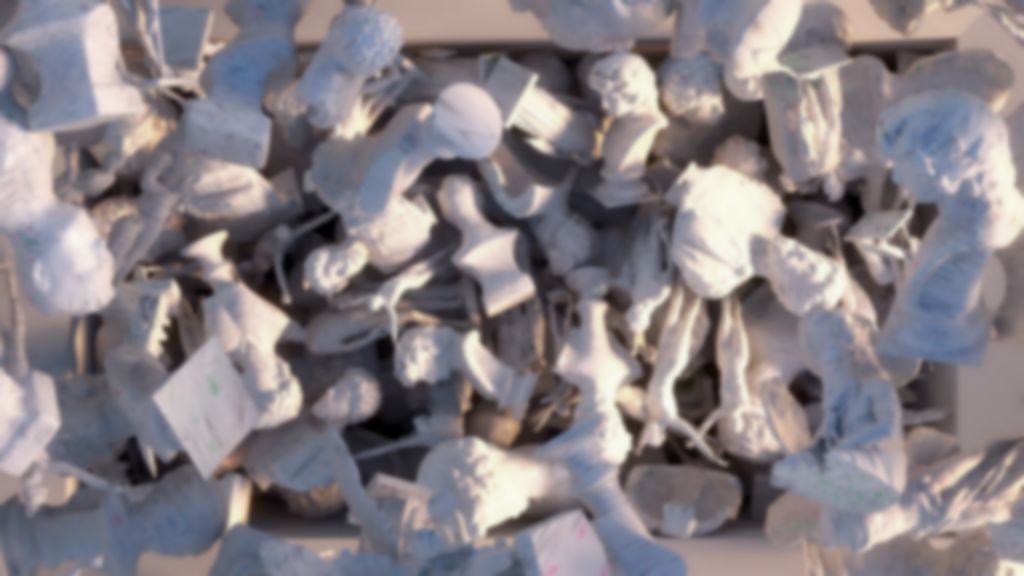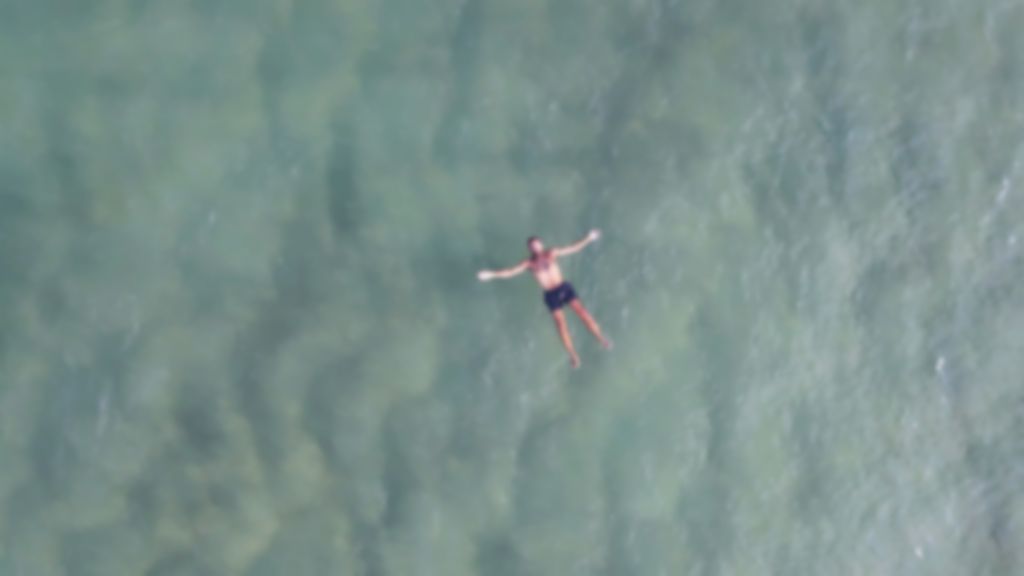NolliGAN
- IL
- 2020
- research
The Nolli map is one of the most important tools in architecture and urban design. This complex figure-ground diagram was the first to introduce the concept of public and private space in surveying and mapping. This technique was widely used in architecture and urban planning since Giambattista Nolli was commissioned by Pope Benedict XIV in 1736 to draw an accurate map of Rome. Nolli’s uniqueness, both aesthetically, and as a design and mapping tool, is its representation of space. In the Nolli map, space exists where people can go, and where they cannot. The urban fabric consists of building mass and space that includes courtyards and the interior of churches. Public space in the Nolli map is one continuous entity weaving together history, urban planning and society.
At the center of this work lies a generative model hallucinating 18th century Rome. This model was trained on a curated dataset built from a high-resolution scan of the original 12 plates of the Nolli map. By manipulating inference and interpolation techniques of the generative models, varied hallucinations of urban fabric can be created. These hallucinations are then analyzed by an object detection machine learning model. This object detection model, often used for facial recognition and surveillance is now used to decipher hallucinations and interpret the new generative 18th century Rome. How will a generative model experience and analyze this reproduction of urban life? Can a generative model distinguish between a Church and a Piazza? And how can we use this constantly hallucinating machine to make tools for design?
Credits:
⚪ StyleGAN2-ADA-PyTorch Karras, T., Aittala, M., Hellsten, J., Laine, S., Lehtinen, J., & Aila, T. (2020). Training Generative Adversarial Networks with Limited Data.
⚪ StyleGAN3 Karras, T., Aittala, M., Laine, S., Härkönen, E., Hellsten, J., Lehtinen, J., & Aila, T. (2021). Alias-Free Generative Adversarial Networks. Proc. NeurIPS.
⚪ YOLOv4 Redmon, J., Divvala, S. K., Girshick, R. B., & Farhadi, A. (2016). You Only Look Once: Unified, Real-Time Object Detection. 2016 IEEE Conference on Computer Vision and Pattern Recognition (CVPR), 779–788.



